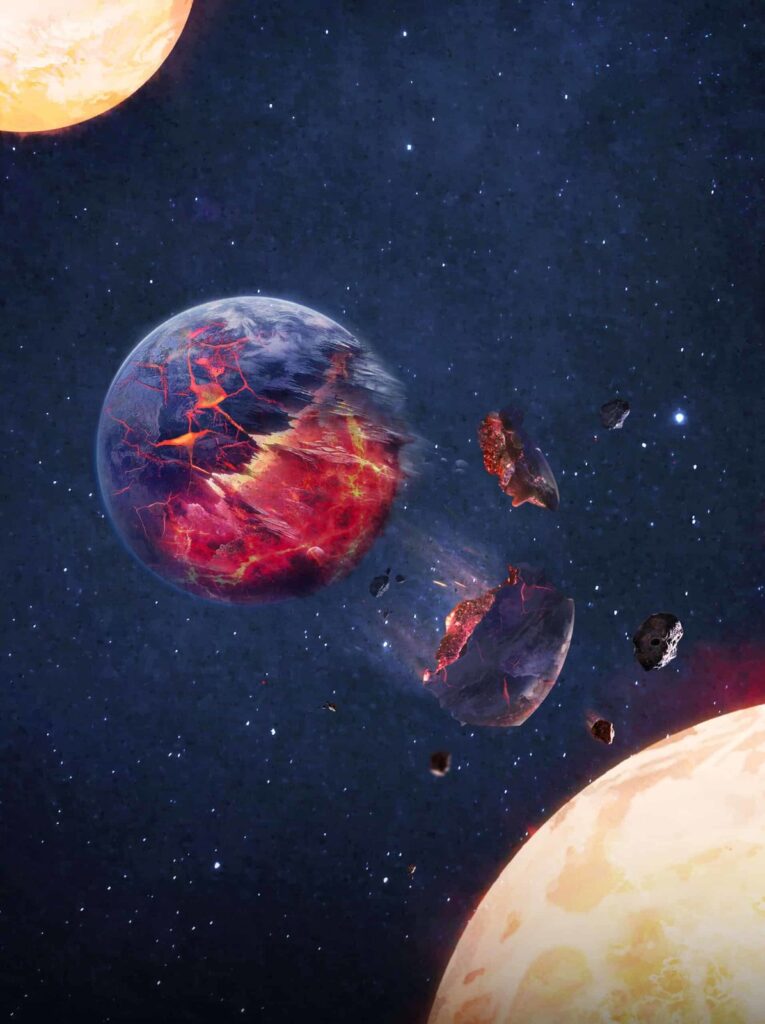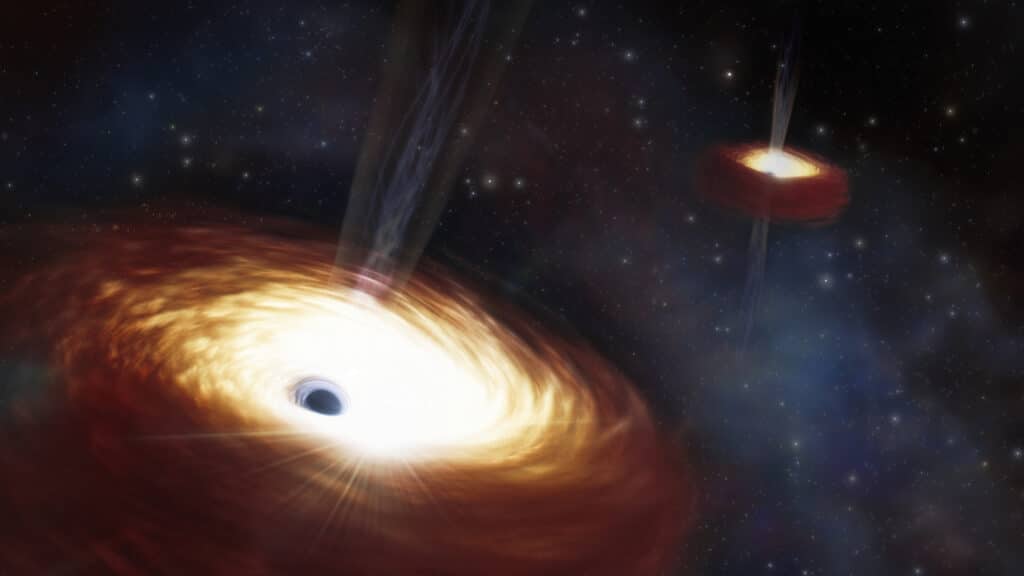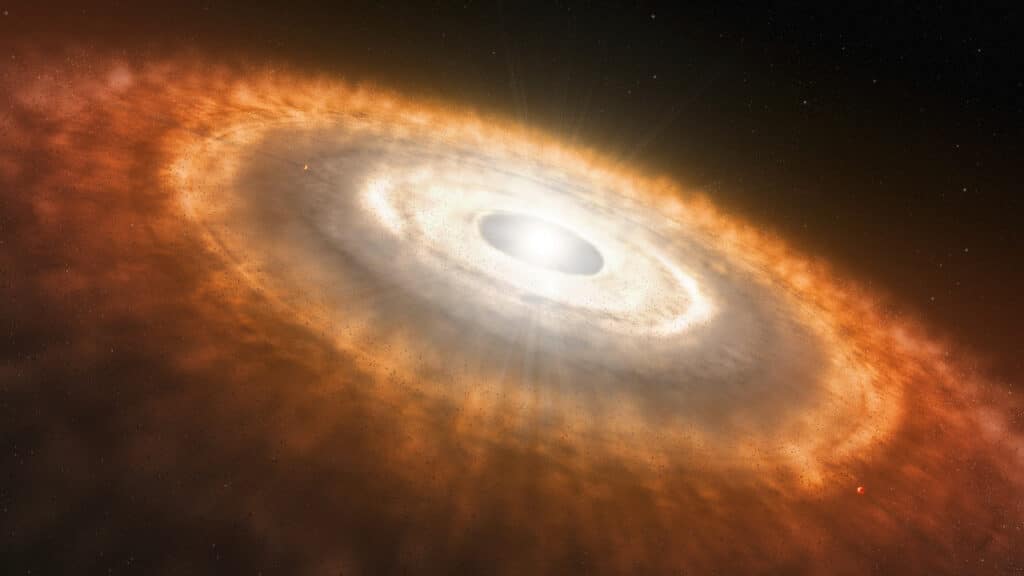Next time you look up at the stars on a clear moonlit night, just think about all the planets they’re devouring. A fascinating new study is revealing that approximately one in every 12 stars have shown evidence of consuming planets or planetary debris. The findings are sending ripples through the astronomical community since they challenge previous beliefs about the dynamics of star and planet evolution.
Utilizing an extensive dataset gathered from some of the world’s most powerful telescopes, including the 6.5-metre Magellan Telescope and the European Southern Observatory’s Very Large Telescope in Chile, as well as the 10-meter Keck Telescope in Hawaii, researchers from the ARC Centre of Excellence for All Sky Astrophysics in 3 Dimensions (ASTRO 3D) embarked on a detailed analysis of twin stars.

Twin stars, born from the same molecular clouds, are expected to have identical compositions. However, the study, published in the journal Nature, found that in about 8 percent of the 91 twin star pairs examined, this was not the case, presenting a celestial puzzle.
“We looked at twin stars traveling together. They are born of the same molecular clouds and so should be identical,” says study lead author Dr. Fan Liu, ASTRO 3D researcher from Monash University, in a media release. “Thanks to this very high precision analysis, we can see chemical differences between the twins. This provides very strong evidence that one of the stars has swallowed planets or planetary material and changed its composition.”
The significance of this discovery pertains to stars in the prime of their life, known as main sequence stars, and not older stars like red giants, which were previously known to engulf planets during the late stages of their life cycle. The distinction is crucial as it hints at a more dynamic and possibly tumultuous relationship between stars and their orbiting bodies during earlier stages than scientists previously understood.
While researchers favor the scenario where stars swallow whole planets, they also acknowledge the possibility that the stars may be absorbing material from a protoplanetary disk, a ring of gas and dust from which planets form.
“It’s complicated. The ingestion of the whole planet is our favored scenario but of course we can also not rule out that these stars have ingested a lot of material from a protoplanetary disk,” notes Dr. Liu.
These findings are opening new avenues for understanding the evolution of planetary systems.

“Astronomers used to believe that these kinds of events were not possible. But from the observations in our study, we can see that, while the occurrence is not high, it is actually possible. This opens a new window for planet evolution theorists to study,” explains study co-author Yuan-Sen Ting, an associate professor and an ASTRO 3D researcher from the Australian National University (ANU).
The study is part of the Complete Census of Co-moving Pairs of Objects (C3PO) initiative, aimed at observing a comprehensive sample of all bright co-moving stars identified by the Gaia astrometric satellite. This initiative is pivotal for the ASTRO 3D’s research theme on the chemical evolution of the universe, as it sheds light on the distribution and fate of chemical elements, including those consumed by stars.












